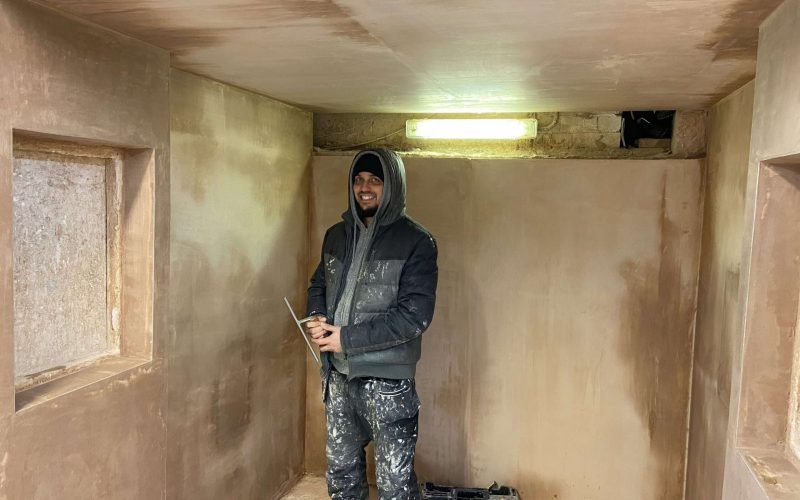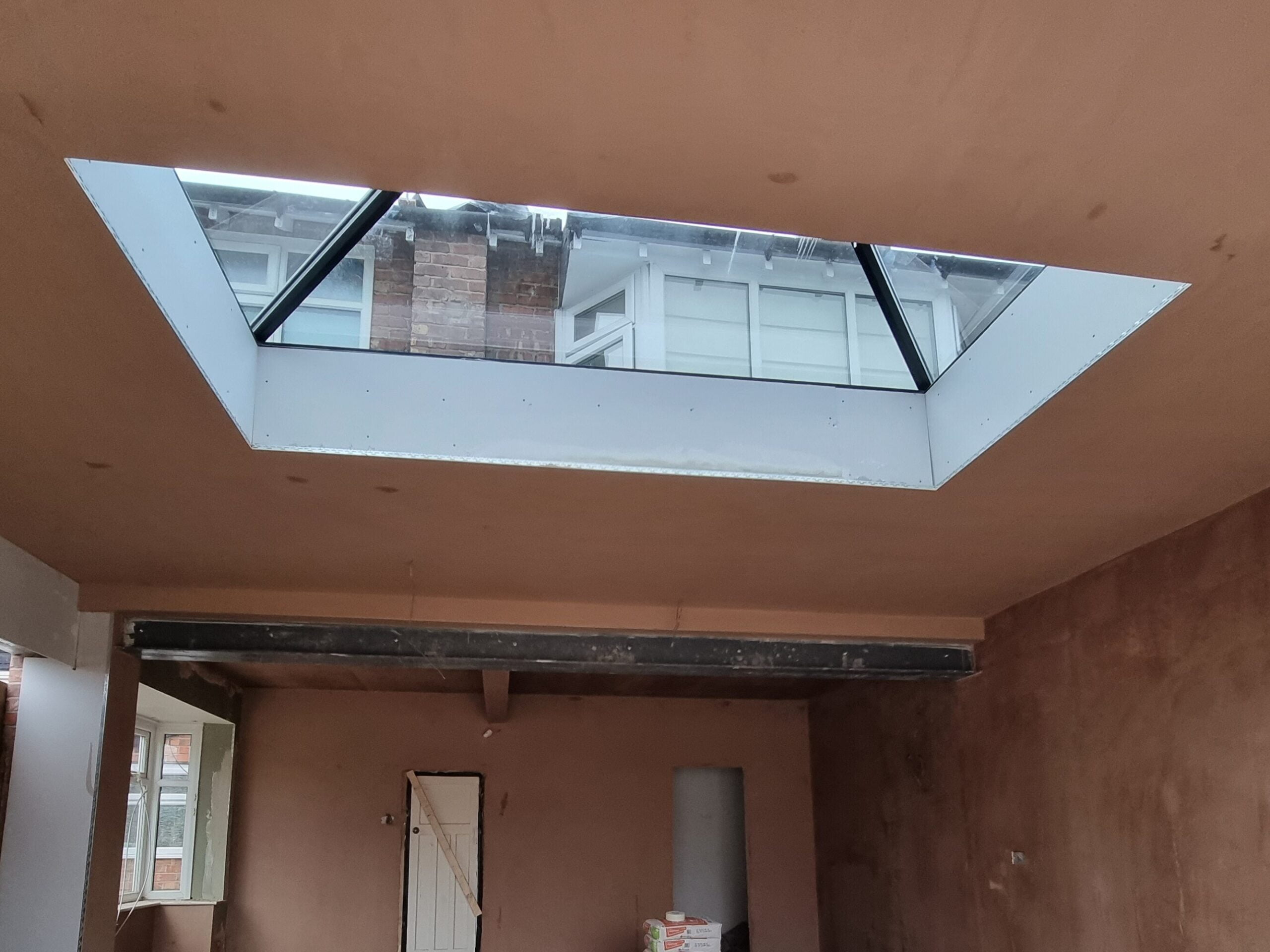A Comprehensive Guide to Mastering Plastering Abilities for Your Remodelling Needs

Essential Devices and Products
Numerous essential tools serve unique functions, making certain efficiency and precision throughout the gluing procedure. A high-grade trowel, for instance, is indispensable for smoothing and using plaster, while a hawk offers a steady system for holding the product.
In addition to tools, picking the right plastering materials is important. Gypsum-based plasters are typically liked for their versatility and convenience of use, while cement-based choices are excellent for outside applications due to their durability. Water and bonding agents play substantial roles in attaining appropriate consistency and attachment, making certain that the plaster adheres successfully to the surface area.
Additionally, safety equipment such as goggles, masks, and handwear covers is vital to secure against dust and irritability during the application process. By putting together the right combination of tools and materials, plasterers can enhance their capability and generate high-grade surfaces, ultimately boosting the overall workmanship of their work.
Preparing Surfaces for Smudging
Accomplishing a durable and smooth plaster coating begins with careful preparation of the surface areas to be glued. This fundamental step is crucial to ensuring adhesion and the long life of the plaster. Begin by examining the condition of the substrate-- whether it is concrete, stonework, or drywall-- getting rid of any loose paint, dirt, or particles that might conflict with bonding.
Next, fix any type of imperfections such as fractures or holes. Make use of an ideal filler to achieve a degree surface; this can be essential for preventing future problems. When repaired, guarantee the surface is clean and dry, as moisture can compromise plaster adherence.
For permeable surface areas, it is a good idea to apply a bonding representative. This item boosts adhesion and creates a reputable interface between the plaster and substratum. If collaborating with formerly plastered surface areas, it may be necessary to mess up or sand the location gently to provide a key for the brand-new plaster layer.
Smudging Methods and Tips
Grasping plastering strategies requires both ability and practice to attain a remarkable finish. One necessary strategy is the application of the plaster in several slim layers, instead than a solitary thick coat.
When using the finish coat, utilize a troweling strategy that entails holding the trowel at a minor angle and working in a round motion. This assists to develop a smooth surface area and lowers the appearance of trowel marks. Furthermore, maintain a spray bottle of water helpful to haze the surface gently; this keeps the plaster workable and enables smoother ending up.
Timing is critical; job efficiently, as the plaster begins to set. When the plaster has actually firmed up yet is still damp, use a wet sponge to carefully smooth the surface better. Lastly, enable sufficient drying her response time prior to fining sand or paint, guaranteeing your difficult work results in an expert, top notch coating.
Typical Mistakes to Stay Clear Of

Another common mistake is using plaster also heavily. Overzealous applications can bring about breaking and long term drying times. It's essential to use plaster in slim, also layers, allowing each layer to dry adequately before adding a lot more.
Additionally, not using the right tools can impede the high quality of the finish. Utilizing inappropriate trowels or mixers can create variances in the plastering procedure. Constantly choose high-grade tools designed for smudging jobs.
Lastly, several individuals ignore the value of timing. Functioning in inappropriate additional resources temperature levels or moisture degrees can negatively influence plaster curing and drying. It is a good idea to inspect climate problems and adapt your routine accordingly.
Ending Up Touches for a Professional Appearance
The last stages of a smudging project are critical for achieving a refined, specialist appearance. When the plaster has dried out adequately, the next step is to evaluate the surface area for blemishes. Minor bumps, openings, or irregular locations must be resolved using great sandpaper or a fining sand block. This precise attention to detail is vital for guaranteeing a smooth surface.
After sanding, it's recommended to clean the surface to get rid of any kind of dust and particles. A wet towel works for this purpose, followed by a comprehensive drying period. If essential, applying a slim layer of completing plaster can boost the surface area additionally, supplying a smooth surface.
As soon as the ending up plaster is completely dry, another round of sanding may be needed to attain the wanted smoothness. Lastly, consider using a guide before painting or wallpapering, which will certainly improve adhesion and toughness.
Conclusion
Grasping gluing abilities considerably boosts the high quality of restoration tasks. An extensive understanding of necessary devices, surface area prep work, and effective strategies is essential for attaining specialist outcomes. Recognition of usual errors permits the evasion of expensive mistakes, while interest to ending up touches makes sure a sleek appearance. Ultimately, the integration of these components adds to the production of smooth, long lasting surface areas that boost the visual value of any type of space, highlighting the value of proficient plastering in home improvement undertakings.
Water and bonding representatives play significant roles in attaining proper consistency and attachment, making sure that the plaster sticks efficiently to the surface area. Plastering.


Furthermore, keep a spray container of water helpful to haze the surface area gently; this keeps the plaster convenient and enables for smoother finishing. (Plastering)
If necessary, applying a slim layer of completing plaster can improve the surface area better, giving a smooth surface.